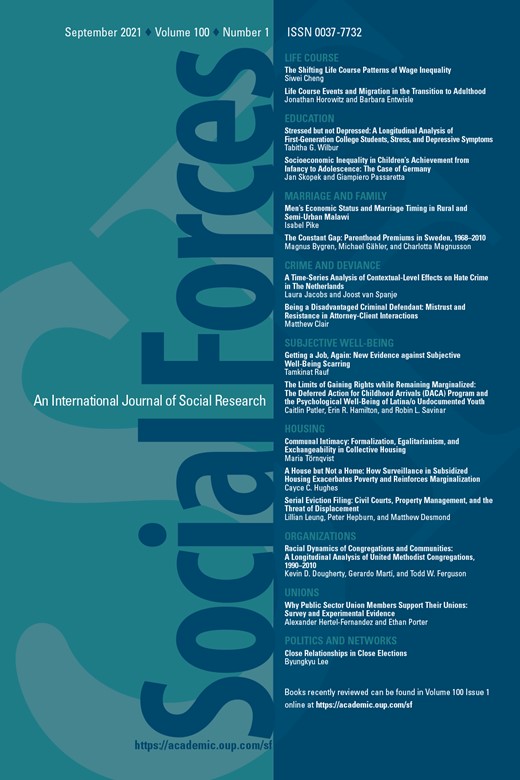-
Views
-
Cite
Cite
Beth A Bechky, Review of “Blood, Powder, and Residue: How Crime Labs Translate Evidence into Proof ”, Social Forces, Volume 100, Issue 1, September 2021, Page e25, https://doi.org/10.1093/sf/soab056
Close - Share Icon Share
Extract
Beth A. Bechky’s Blood, Powder, and Residue takes readers into the world of forensic scientists, experts who work in crime laboratories to analyze evidence in ways that can be used by legal authorities working on a criminal case. The inner-workings of the crime laboratory Bechky describes are not as thrilling, or fast-paced, as popular television shows like CSI and Bones would have us believe. Rather, as Bechky reveals, the work of forensic scientists is often careful, methodical, and routine. In addition, their work can be stressful—not so much because of the technical and interpretive aspects of forensic analysis but more so because of forensic scientists’ occupational position, straddled between the fact-seeking world of science and the adversarial world of criminal law.
The book draws on eighteen months of fieldwork in Metropolitan County Crime Laboratory (MCCL)—a pseudonym for a mid-sized lab in the western United States that employs about sixty forensic scientists. Bechky spent several months observing each of the lab’s four units: forensic biology, chemistry, toxicology, and comparative evidence. The forensic biology unit is the largest, with eighteen scientists whose primary work is DNA profiling—an expensive and highly-regarded scientific technique. DNA analysts follow systematic procedures that nonetheless require subjective judgment, from separating evidence that arrives in the lab and screening it for biological fluids to performing capillary electrophoresis—a technique for developing a DNA profile. Each DNA analyst’s reports are reviewed by peers before being made available to legal authorities, such as lawyers and police. Although the other units deal with different kinds of evidence requiring distinct kinds of instrumentation and interpretation, the general work process—cautious handling of evidence, mechanical and interpretive judgment, and communal review—is similar. In the chemistry lab, narcotics analysts weigh, test, and record the crystalline structures of powdery substances. In the toxicology lab, toxicologists perform blood alcohol analysis on hundreds of samples weekly. And in the comparative evidence lab, firearms examiners assess whether weapons are functional, use microscopes to match bullet striae, and test clothing items for the presence of gunshot residue.



